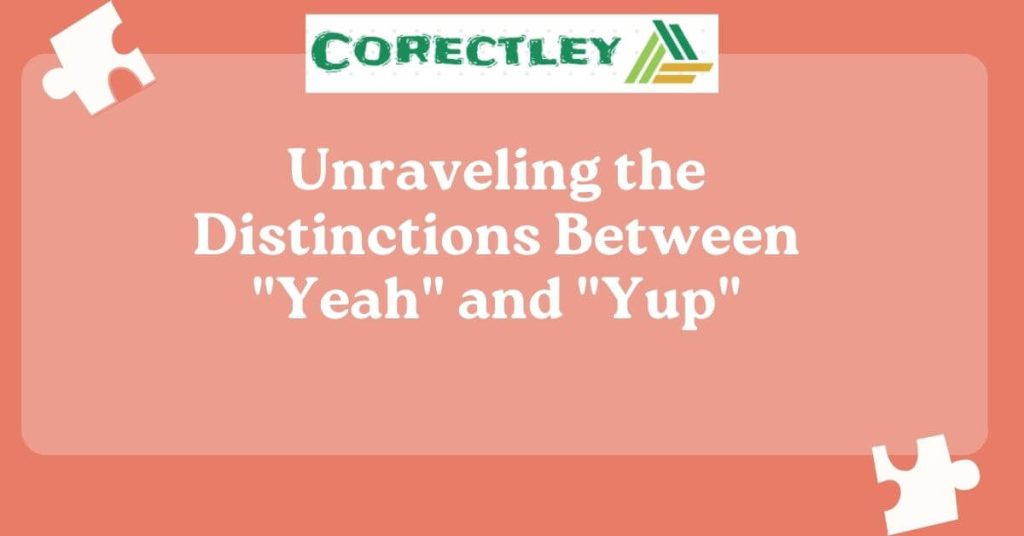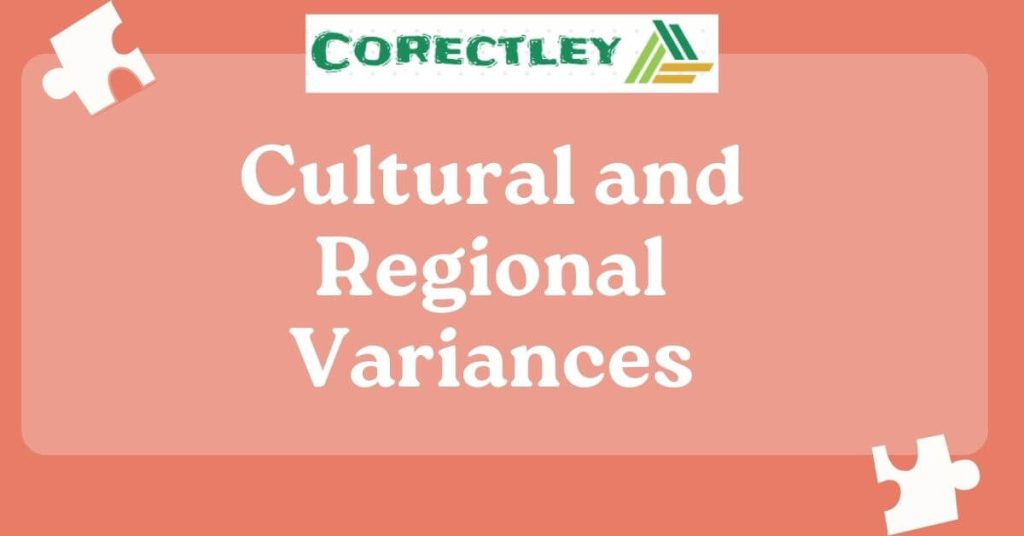Small nuances in language can have significant meaning in informal communication. Two generally utilized words, “Yeah” and “Yup,” frequently wind up in the domain of arrangement and confirmation.
While tradable, these casual articulations have particular qualities that can convey various tones or levels of arrangement.
This article intends to dig into the distinctions between “Yeah” and “Yup,” revealing insight into their use and relevant aberrations.

Definition and Origin of “Yeah” and “Yup”
The informal expressions “Yeah” and “Yup” are used to indicate agreement or affirmation. Yeah” is gotten from the English word “yes” and has developed over the long haul to turn into a more relaxed and casual articulation.
In contrast, “Yup” is a more condensed and relaxed form of agreement that originated in the early 20th century. It is an informal variation of “yes.”
These terms have become imbued in regular discourse, frequently utilized in casual discussions among companions, partners, or friends.
The Major Difference between “Yeah” and “Yup”
Although “Yeah” and “Yup” both indicate agreement, their usage varies slightly. Yeah” is usually utilized in casual environments and should be visible as more adaptable. ” Yup,” then again, is commonly utilized as a brief and easygoing type of understanding. It is in many cases utilized when a fast and direct response is required.
4 Usage Differences between “Yeah” or “Yup”
“Yeah” can be utilized to show understanding, affirmation, or even to demonstrate a positive response. For instance, when somebody inquires, “Would you like to snatch supper this evening?” A casual “Yeah” indicates acceptance of the suggestion.
“Yup” is normal in easygoing discussions or circumstances where quickness is esteemed. For example, assuming somebody inquires, “Did you complete the report?” A quick and affirmative response is conveyed by a straightforward “Yup” response.
1. Tone and Connotation
The choice between “Yeah” and “Yup” can convey a variety of meanings and tones. The phrase “Yeah” is more adaptable and can convey a variety of feelings and attitudes, depending on the speaker’s tone and the situation. Then again, “Yup” conveys a more easygoing and loosened-up tone. It is frequently connected with a laid-back demeanor or casual understanding.
Yeah, can convey energy, arrangement, or even lack of concern, contingent upon the encompassing discussion. The tone of “Yeah” can be acclimated to match the speaker’s degree of fervor or commitment.
Yup, quickness and familiarity can suggest a feeling of straightforwardness or simplicity. Be that as it may, the tone of “Yup” can differ contingent upon the speaker’s sound and the setting in which it is utilized.
2. Cultural and Regional Variances

Language is affected by culture and area, and the use of “Yeah” and “Yup” is no exception. Various lingos, highlights, and social foundations can impact the favored term.
For instance, in certain areas of the US, like the Upper East, “Yeah” is all the more regularly utilized, while “Yup” might be leaned toward in the Midwest or Southern states.
These provincial varieties add variety and extravagance to the utilization of these terms.
3. Similar Expressions
While “Yeah” and “Yup” are as often as possible used to communicate arrangement, there are other interchangeable terms or expressions accessible.
Articulations like “Yes,” “Sure,” or “Totally” can convey comparable implications yet may contrast in convention or force.
“Indeed” is more formal and generally utilized in proficient settings, while “Sure” conveys a feeling of affirmation or eagerness. ” Absolutely” emphasizes complete agreement or assurance.
Understanding these options can assist people with picking the most suitable articulation because of the ideal tone and setting.
4. Common Misunderstandings
The compatible utilization of “Yeah” and “Yup” can at times prompt errors. While they by and large convey arrangement, the degree of custom and meaning can vary.
It is fundamental to be aware of the unique circumstances and connections between speakers to stay away from likely misinterpretations. Using “Yeah” can be interpreted as being overly casual in more formal settings, whereas “Yup” can be interpreted as being too informal for certain circumstances.
Understanding the fitting use and the ramifications of each term can assist with working with viable correspondence.
Finally
“Yeah” and “Yup” may seem like basic words, however, they convey unobtrusive qualifications in importance, utilization, tone, and implication.
persons can agree precisely and adapt to various social settings when they are aware of these nuances.
Cross-cultural communication is made easier by having an understanding of the cultural and regional variations that surround these terms.
Whether you decide to answer with a relaxed “Better believe it” or a compact “Correct,” monitoring these distinctions guarantees that your understanding is passed on precisely in different casual discussions.